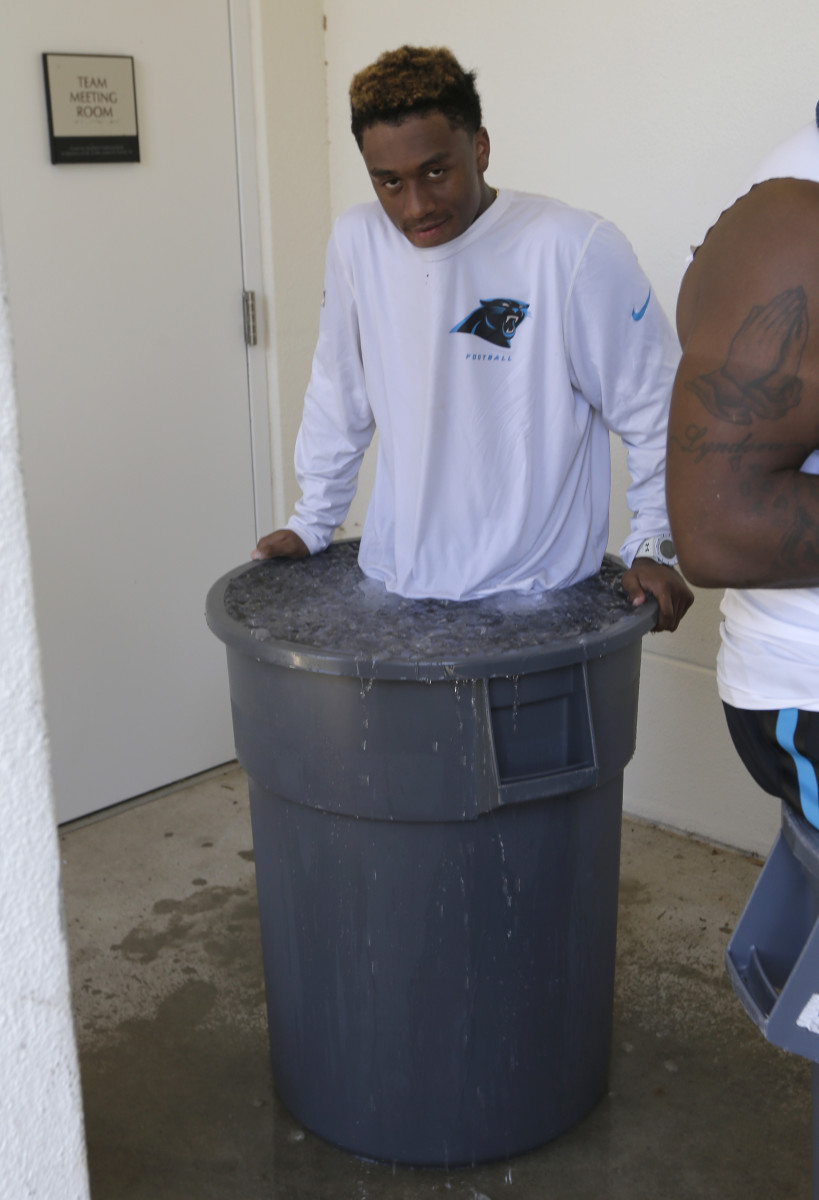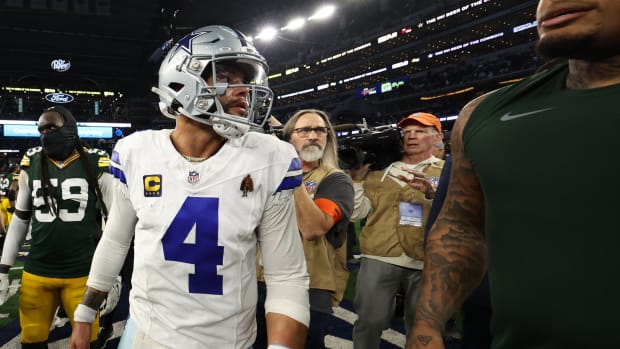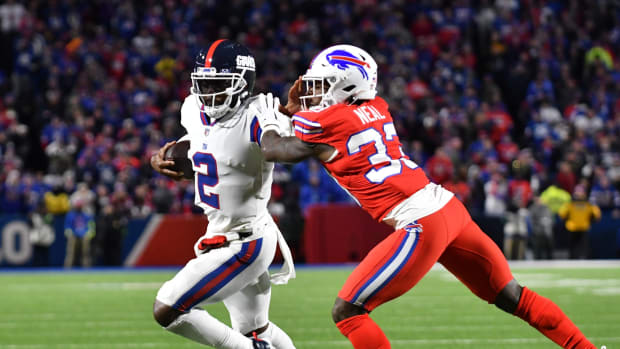Players' methods for recovery from training camp vary
SPARTANBURG, S.C. (AP) Luke Kuechly sits on the edge of a six-foot wide, two-foot deep metal tub filled with ice and water contemplating the shock his body is about to endure.
''Oh, I dread it every time,'' Kuechly says with a grin.
But he gets in. He always gets in.
Kuechly knows from past experience if he doesn't keep with his ritual of spending at least 10 minutes soaking in the ice his body simply won't feel as good the next day at practice.
The cold tub method is one part of the 2012 NFL Defensive Player of the Year's recovery routine, particularly at training camp when the weather is hotter, the practices more grueling and the recovery time shorter.
Kuechly isn't alone.
Players around the NFL use all sorts of methods to recover from the rigors of training camp.
Some use hot tubs. Some, like Panthers wide receiver Kelvin Benjamin, will change from cold tub to hot tub and then go back to the cold tub.
Some players do yoga, while others stretch and use foam rollers before turning in for the night.
Some wear compression shorts as they attend team meetings. Others use the NormaTec system, a contraption that looks like a blow-up air brace that runs up the length of a player's leg. It uses sequential pulse technology to help heal muscles and joints, speeding the recovery process.
And then there's 32-year-old linebacker Thomas Davis, who takes recovery to an entirely different level. Davis brings to camp his own hyperbaric chamber; they retail at about $6,500 for a lower-end base model.
Hydration is critical, too.
The Panthers are required to drink 16 ounces for every pound they lose during practice.
Titans wide receiver Hakeem Nicks and tight end Anthony Fasano both said getting good sleep is vital.
''When you do get back to the hotel, get to bed as fast as possible,'' said the 31-year-old Fasano, entering his 10th season. ''And just do some proper stretching. You know you are going to get tight and stuff like that, so injuries can really hurt you this time of year.''
Panthers head athletic trainer Ryan Vermillion tries to impress upon incoming players the importance of taking care of their bodies. It's not like college: The season is longer and more physically draining in the NFL.
Vermillion borrows an analogy from former Panthers coach and current Bears coach John Fox, who would tell his players their bodies are like a Lamborghini, and they need to be taken care of as such.
''We try to make sure they understand the way they prolong their careers, the way they prolong their ability to make money and provide for themselves and their families, is to take care of their bodies,'' Vermillion said. ''If you don't take care of your body, your career in the NFL is going to be short.''
Chiefs strength and conditioning coach Barry Rubin likes players to participate in some slow tempo runs after practices, followed by consuming protein shakes or bars, and then to rotate between soaking in a cold tub and hot tub.
NFL teams seem willing to do just about anything to help players recover faster, and protect the investment they've made in their employees.
The Panthers provide soft tissue rubs, acupuncture and dry needling. They also have massage therapists and chiropractors to work with the players during the season - all free of charge.
This year at training camp at Wofford College every Carolina player is equipped with a small device from STATSports built into the back of their DriFit practice shirt to help monitor how much energy they exert during practice. Using an advanced GPS system with an accelerometer, the device tracks the movements of players on the field.
It monitors the number of yards players run, their accelerations, and the stress load on the body. It helps teams know when a player is getting fatigued so they back off his workload or hold him out of practice to prevent injury.
''We are starting to be more confident in the things that we are learning from it. It's another way to help take care of these guys,'' said Brett Nenaber, a Panthers athletic performance analyst who monitors and analyzes the information.
Kuechly has tried a variety of methods to speed the recovery process, including a cryotherapy chamber - something akin to a dry ice bath that freezes muscles and is designed to reduce swelling and inflammation. But he's old school and keeps coming back to the ice tub, something players have used for decades. He's used one after lifting sessions and practices since his days at Boston College.
''I've done it a couple of times where I don't get in and my body doesn't feel as good,'' Kuechly said. ''Maybe it's a placebo thing to me, but that's my big thing, the cold tub. I have to have it.''
That, and something to occupy his mind: an iPhone, a hand-held trivia game. Whatever it takes to get his mind off having his body submerged in ice water for 10 minutes.
''You can't just sit there,'' Kuechly said. ''If you do, just thinking about how cold it is and you start to go a little stir crazy.''
---
AP Pro Football Writer Teresa M. Walker and Sports Writer Dave Skretta contributed to this report.
---
AP NFL website: www.pro32.ap.org and www.twitter.com/AP-NFL





































